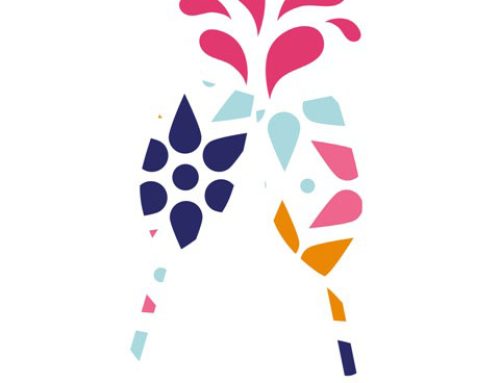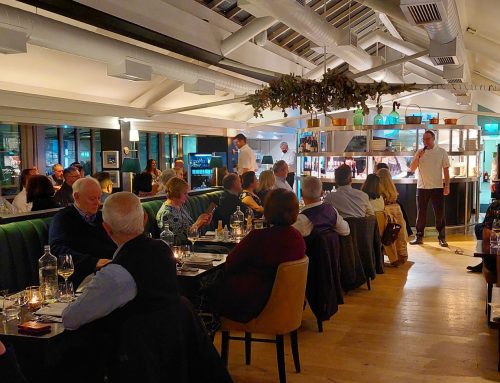What is difference between the Bordeaux Left Bank and Right Bank?
On the Left Bank, you will find more intense Cabernet Sauvignon dominated wines, and on the Right Bank softer Merlot dominated wines.
If you look at a map of Bordeaux, you can see the two rivers – Garonne and Dordogne, which join at the city of Bordeaux to form the Gironde, and it is here that we find the Left and Right Banks. The most common question you will get asked would be, what is your preference?
The Left Bank includes the Médoc as well as Graves and Sauternes with all their better known appellations such as Saint-Estèphe, Pauillac, Haut Médoc, Saint-Julien, Margaux and Pessac-Léognan.
On the Right Bank, we find the Blaye and Côtes de Bourg, and it is of course it is also home to some of the most prestigious appellations such as Pomerol and Saint-Émilion.
Of course, Bordeaux wines are not made exclusively from Cabernet Sauvignon or Merlot. The Wine makers can use blending of different grape varieties for both Left Bank and Bank, such as Cabernet Franc, Petit Verdot and Malbec.
And let’s not forget that Bordeaux also produces fantastic white and sweet wines! Sémillon and Sauvignon Blanc form the basis here, sometimes paired with Muscadelle. And all three white grape varieties thrive on both the Left and Right Banks.
So when it comes to the question of Left or Right Bank in Bordeaux, the choice is yours!
Here are a few to choose from:
From the Left Bank:
 Fleur de Pedesclaux 2019, Paulliac, Bordeaux £29.99
Fleur de Pedesclaux 2019, Paulliac, Bordeaux £29.99
59% Cabernet-Sauvignon, 36% Merlot, 3% Petit Verdot, 2% Cabernet Franc
Ethereal, fresh, appealing to both the nose and the palate. Thanks to its reliance on a high proportion of Merlot, the wine is soft and gentle, with a delicious, silky texture. It has intense, compelling and savoury fruit aromas and, year after year, beautifully calibrated scents of white flowers, violets and small red berries. Fleur de Pédesclaux is a delight. In the mouth, it is fresh, subtle, packed with fruit and beautifully smooth tannins, with a long finish.
“90/100…matured in 30% new oak, has been increasing its Cabernet Sauvignon since 2009, when it was pure Merlot (and also undergoing organic conversion since 2013). Raspberry, blackberry, cedar, and light tobacco scents unfurl in the glass. The palate is still quite fleshy & rounded, & lightly spiced, retaining that hint of Chinese five spice toward the tender finish. A lovely second wine. 2023-2033.” (Neal Martin, Vinous, Dec 2021)
Alc 13.5%
L’Impression de Mauvesin Barton 2019, Moulis-en-Médoc, Bordeaux £19.99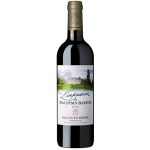
46% Merlot, 44% Cabernet Sauvignon, 10% Cabernet Franc
The vineyard is situated in the “Moulis-en-Médoc” appellation, to the north of Bordeaux, on the left bank of the Gironde estuary.
“Impression de Mauvesin Barton” is the second wine of Chateau Mauvesin Barton. It comes from the young vines and the berries remained in temperature-controlled stainless-steel vats for the fermentation and maceration phases, then the wine is aged in French oak barrels for 12 months. The barrels used are mainly those which already have received at least one wine.
This wine is limpid, with a brilliant garnet-red colour. The nose is very expressive and intense, with spicy notes, white pepper and a touch of strawberry jam. Beautiful structure, sapid and greedy wine with immediate drinkability. Finishes with “little rolling tannins”.
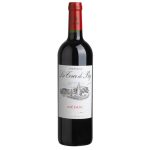 Chateau Tour de By 2015, Medoc, Bordeaux £29.99
Chateau Tour de By 2015, Medoc, Bordeaux £29.99
60% Cabernet Sauvignon, 35% Merlot, 5% Petit Verdot
The Grand Vin comes from beautiful gravelly plots, located 200 metres from the Gironde. It is a wine full of elegance and finesse, with a lot of freshness and intense fruit. With a beautiful tannic structure, it can age for up to 20 years.
Château La Tour de By has been a member of the prestigious Union des Grands Crus de Bordeaux since 1977.
From the Right Bank:
Chateau Viramiere 2018, Saint Emilion Grand Cru, Bordeaux £21.99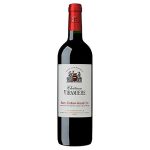
85% Merlot and 15% Cabernet Franc
An impressive red Bordeaux from the renowned area of Saint Emilion, this wine has been made mainly from Merlot grapes, blended with some Cabernet Franc. Château Viramière and its vineyards are situated on excellent soils to the south east of the cote of Saint Emilion.
This has a delicious supple red fruit character of plums, black currents and cherries backed up by good structure and ripe tannin. It will age well. Serve at room temperature to partner such classic dishes as grilled duck or lamb.
“92/100…fine, richly textured…12 months in wood, it is a generous character, bold with black fruits and densely textured with solid tannins. This a fine wine that will take its time. Drink from 2024.” (ROGER VOSS, Wine Enthusiast 01.11.21.)
 La Croix de Fournel 2019, Lalande de Pomerol, Bordeaux £20.99
La Croix de Fournel 2019, Lalande de Pomerol, Bordeaux £20.99
Grapes: Merlot, Cabernet Franc, Cabernet Sauvignon
Bright and deep violet colour, the wine expresses aromas of fresh red fruits and blackcurrant. On the palate, there are hints of spice and liquorice. It is round, soft and well-balanced. The lovely and lingering finish makes easy to enjoy this fine wine.
Serve at room temperature. Best stored in a cellar at about 13 – 15°C.
It is the perfect match for roast or grilled meats and rich cheese.
Château Labattut Saint Georges-Saint-Emilion 2021, St Georges-St Emilion, Bordeaux £16.99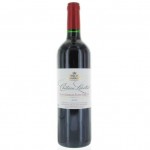
85% Merlot, 15% Cabernets
Château Labattut is a family-owned estate on the smallest satellite appellation of Saint Emilion, the Saint Georges Saint-Emilion. Situated on the top of a hill near the hamlet of Labattut, its perfect reflection of the surrounding terroir is its asset. Clay-limestone soils, Harvested by plots and grape varieties selections. Filling-in stainless steel or concrete vats with temperature control Pre-fermenting maceration for 20 to 30 days maceration,
Malolactic fermentation in vats A lovely wine with a classic profile. Rich blackcurrant characters, brambley acidity and melting tannins make a bracing supporting act at the finish. This red does all it should do, lingering and lasting on the palate, with lively fruit and plenty of structure.


